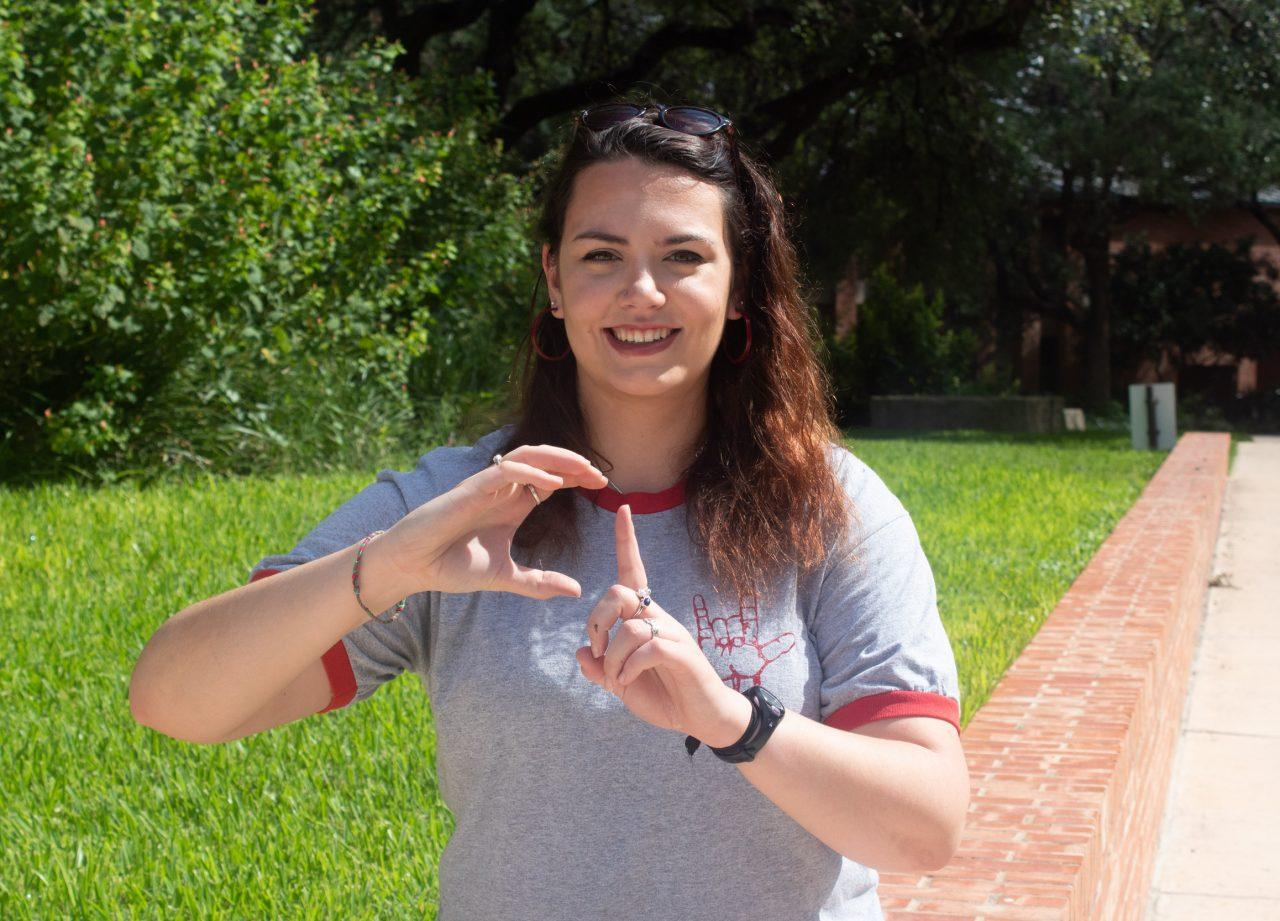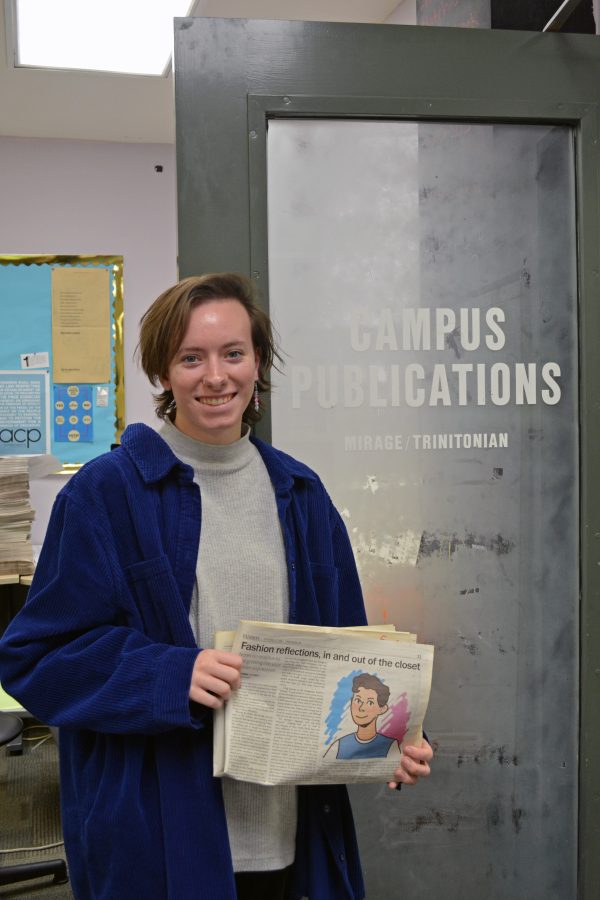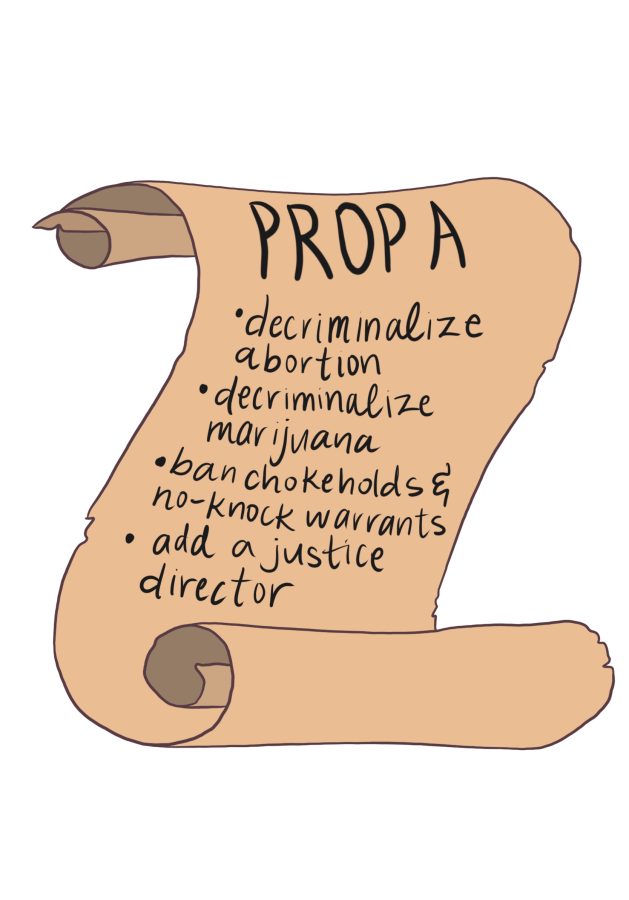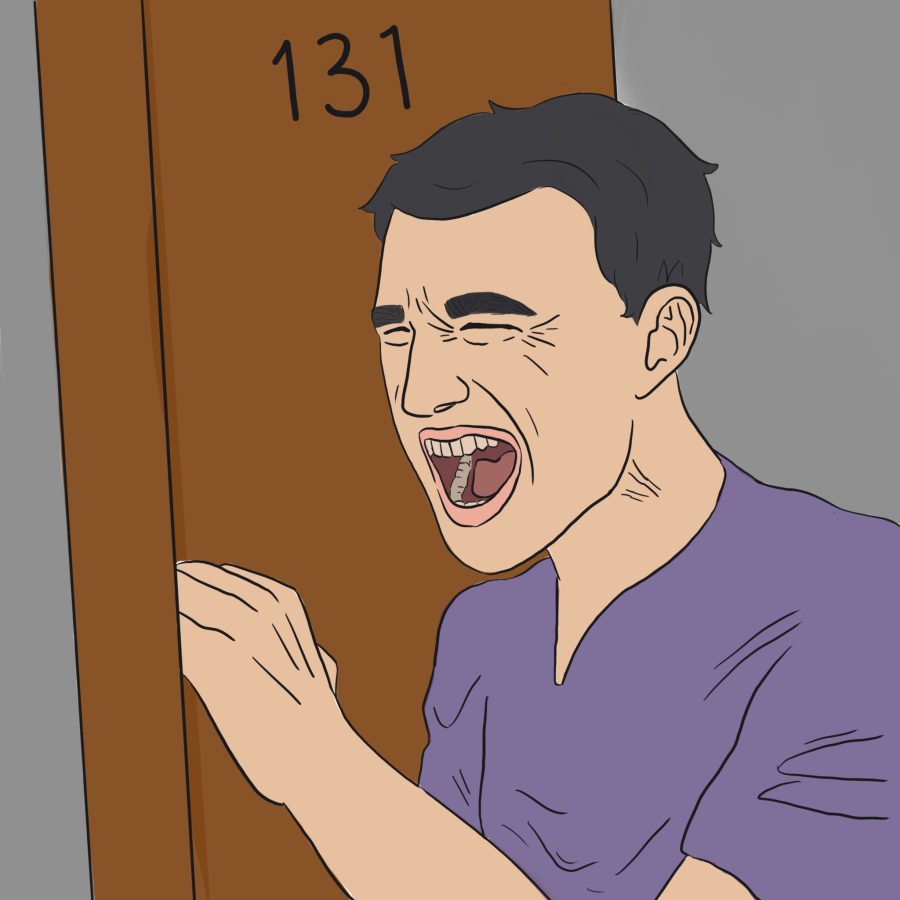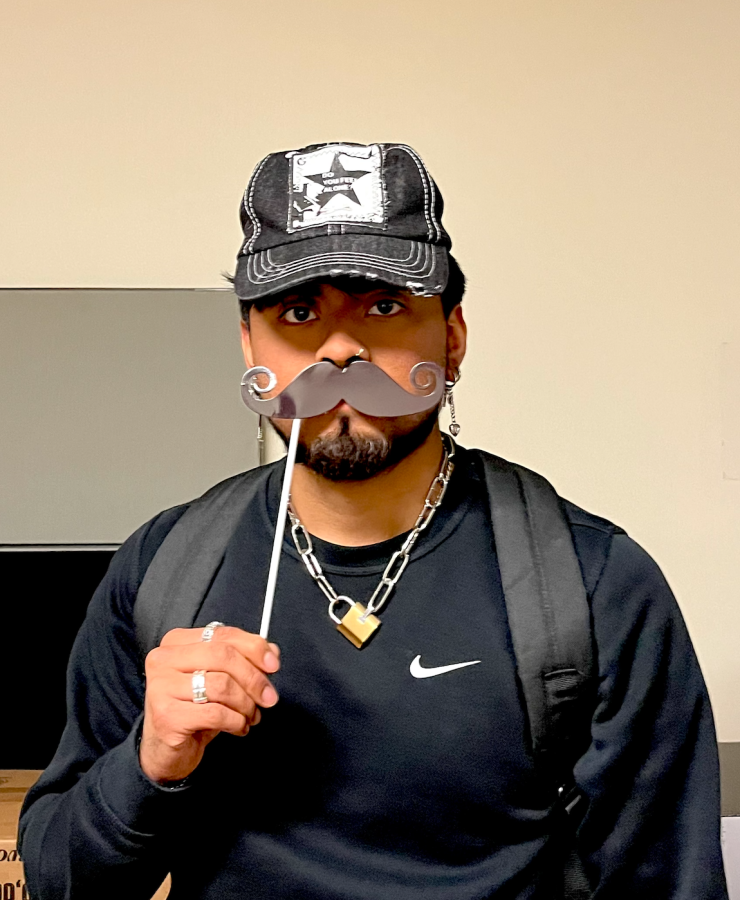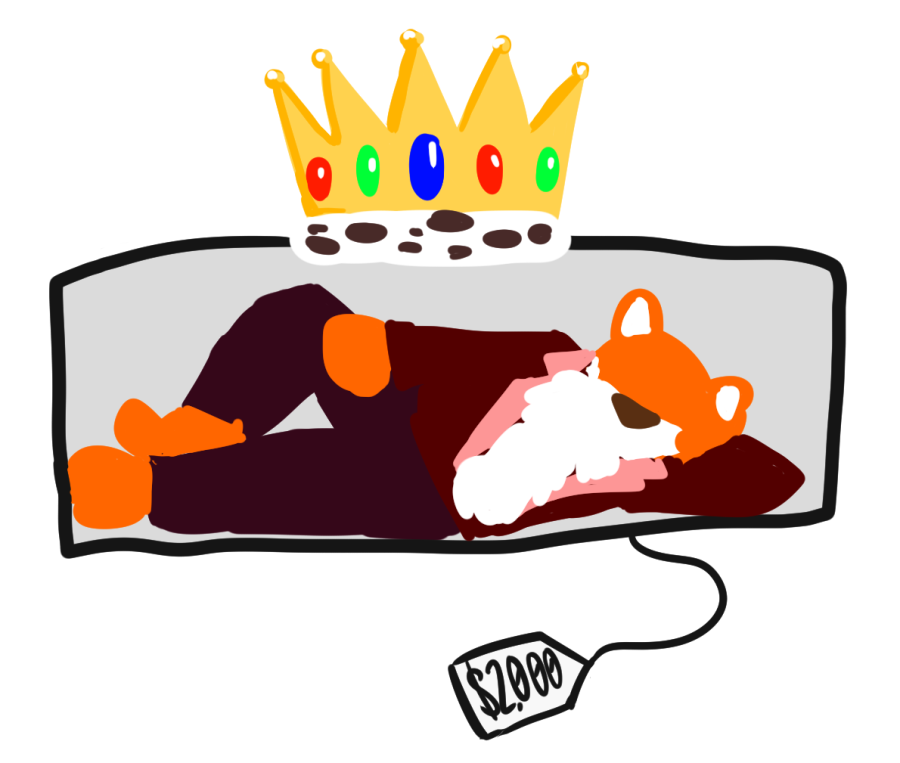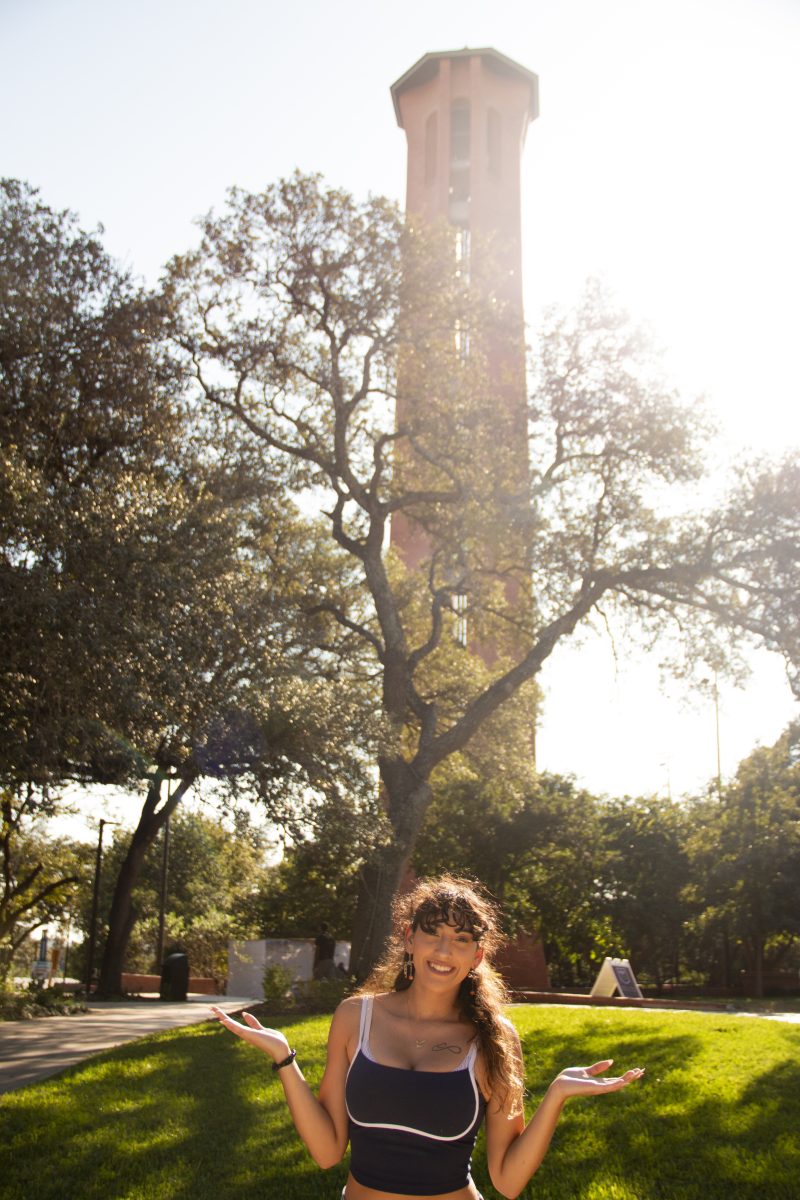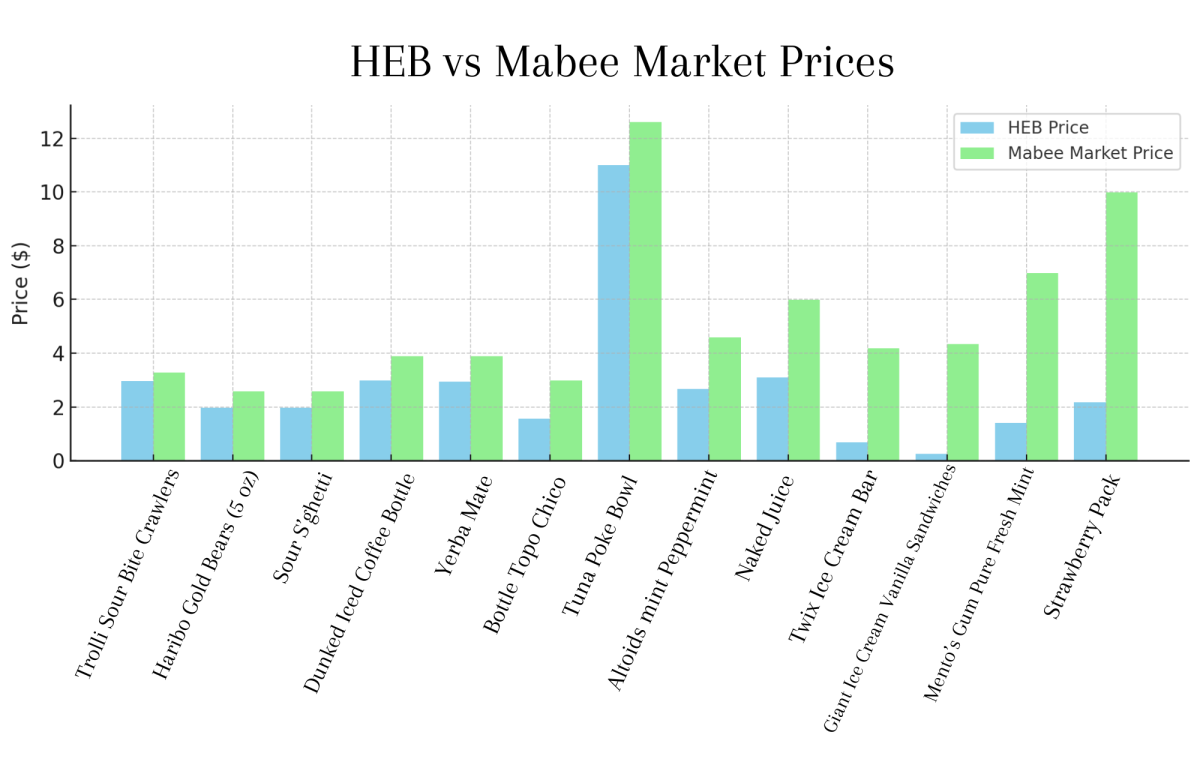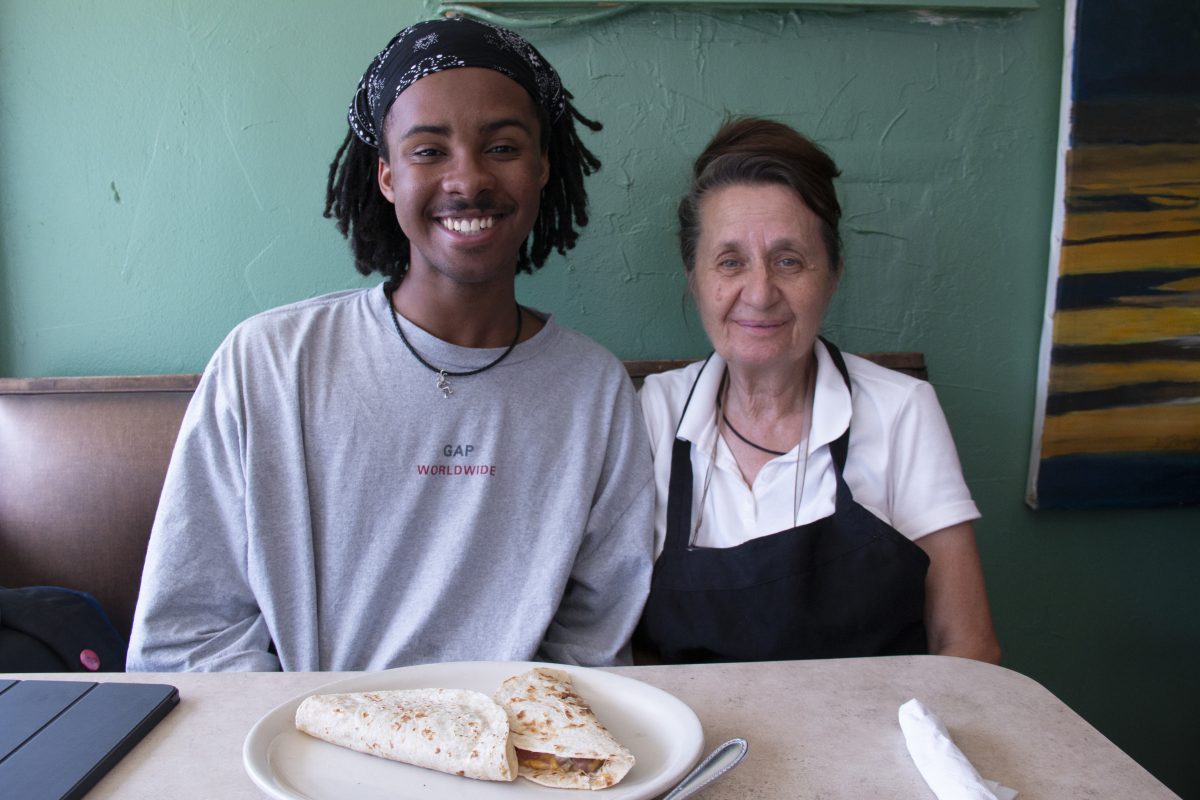Photo by Matthew Claybrook
Junior Zoe Lacey founded the American Sign Language club in 2018, during her first-year spring semester. Her original intention in creating the club was for it to be a place for people who learned sign language in high school to practice and keep up with their skills. However, Lacey found that many Trinity students who had no previous experience with sign language wanted to learn.
“We kind of expanded into trying to do a teaching kind of situation so that everyone can be involved,” Lacey said.
The club now has 53 members according to their official roster, and they average 15 to 20 students per meeting. The club meets every Wednesday from 6 – 7 p.m. in Northrup Hall 216, with Lacey running the meetings.
She begins the meetings by signing her message in ASL to the group and then translating what she has said into English. The club then practices and learns new terms through watching YouTube.
“Obviously, I am not qualified to teach ASL, so there is a really awesome dude, Bill Vicars, who puts a lot of his lessons where he is teaching in a class online, and he is definitely qualified. So we watch a lot of those to learn, and then we practice together,” Lacey said.
After the group learns a new set of words from Vicars, Lacey finger-spells the letters to some of the new words to the group, then members of the club sign back what word she is spelling in sign language. They also practice their grammar and play games where they get to practice what they’ve learned. Sometimes they watch a signed story, practice sentences together or play hangman.
“We are open to all levels. We have a few people who are starting from scratch, some people who have been teaching themselves and some people who took it in high school,” Lacey said.
First-year Sydney Crowther started to learn when she was younger but had forgotten most of it. She was excited to see that this was a club that she could join as she was interested in relearning the language.
“I feel like this group is really supportive and there are lots of different levels,” Crowther said. “The higher-level people do have to bring themselves down a little bit, but they are relearning things so that’s really accommodating. They also have conversations, which pushes us to reach further than the level that we’re at now.”
First-year Avery McKay thinks sign language is important to learn because so many Americans use it.
“This language is incorporated and spoken all around the U.S. It’s something you can’t say about most other languages, so the fact that it’s so widespread and it’s not really recognized is really frustrating. It can be a symbol of showing diversity on campus in a different way,” McKay said.
The club also makes an effort to interact with the San Antonio deaf community through club social events where they can go out and practice sign language.
“They have a really cool thing: the last Friday of every month at the Starbucks in the Quarry is a coffee chat, and it’s where dozens of people in the deaf community come, and they are there to help people who are learning,” Lacey said. “That way we can learn and tell really cool stories and gain some skills. It’s really fun!”
The club’s goal is to eventually work with the Department of Modern Languages and Literatures (MLL). A subgroup of the club hopes to approach MLL in the spring with a proposal to either include ASL classes in the catalog or to allow Trinity students to take classes for credit at San Antonio Community College, which has an interpreting program.
“I think what we are trying to do is find a way to bring that knowledge to people so they don’t have to go out and get it. Like, they are already paying a lot to come to Trinity,” Lacey said.
The club hopes to bring awareness to ASL as a language and also combat the misconceptions about sign language.
“In the whole public, there’s a lot of misconceptions about sign language as a language. A lot of people don’t recognize or realize that there is a large community and culture around it. They have their own history and grammar; it’s not just English,” Lacey said.

